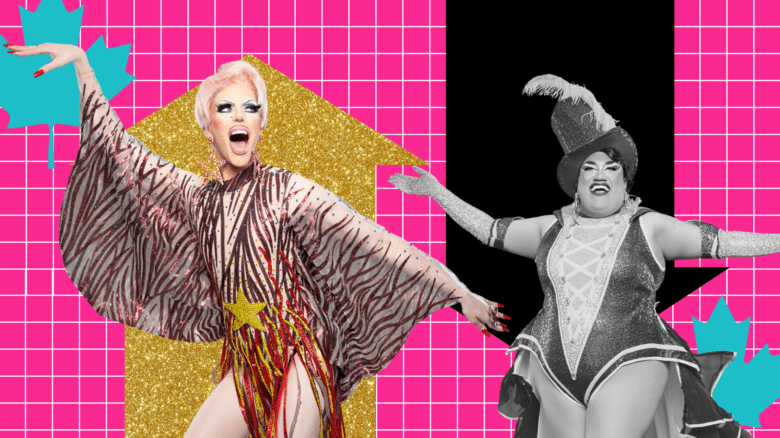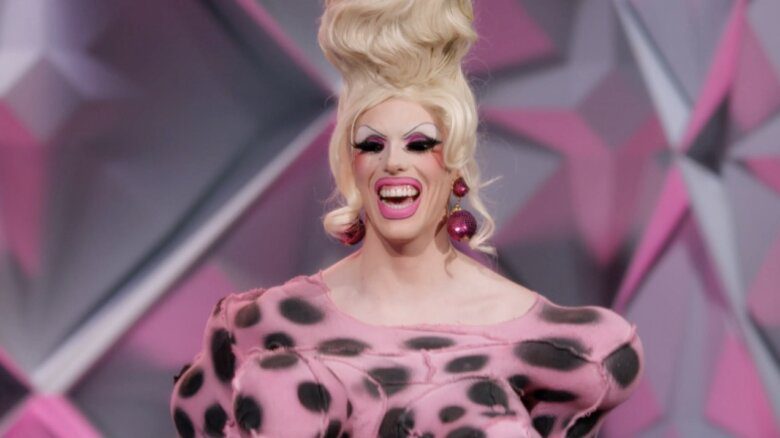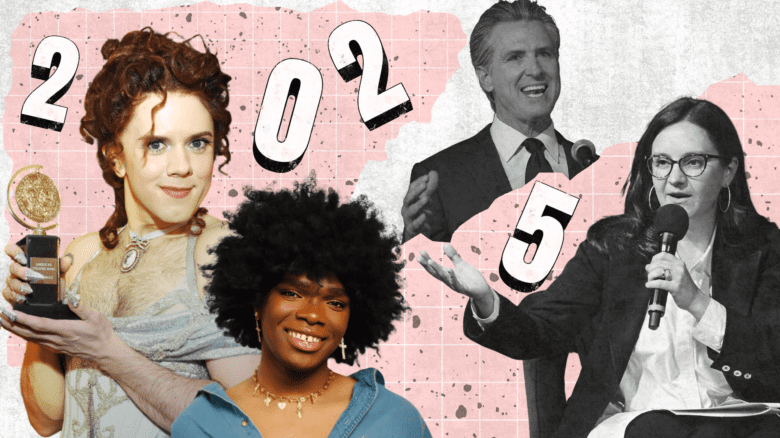Some of my earliest memories are of the library I frequented in my childhood. I attended early-years programming there with my mother and sister; I played Zoo Tycoon on the computers with my friends; I took out stacks of yellowing books and toted them home in the back seat of my father’s bright blue Pontiac Sunfire. I loved everything about it, from the smell of musty books permeating the air to the children’s characters painted on the walls.
However profound, this feeling is by no means unique to me. Libraries have always been intended to be places of gathering, where people can learn from each other. The library is meant to make a person confront their world view and own limited knowledge; this encourages growth, change and development.
In this spirit, recent years have seen many public libraries broaden their scope to include LGBTQ2S+ resources and events, such as the Toronto Public Library’s recurring 2SLGBTQ+ Book Club, or the Hamilton Public Library’s communal Pride quilt. While it is nice to see, and a step in the right direction, representation in mainstream libraries can often fall flat, rife with stereotypes and tropes that can push readers away. And simply having queer materials does not necessarily make a space safe for queer people: both the Toronto Public Library and the Vancouver Public Library faced criticism for hosting a trans-exclusionary radical feminist in their spaces.
Enter the queer libraries of Canada. All over the country, queer libraries exist to share LGBTQ2S+ media and resources. Beyond that, queer libraries represent a “third place”—a space outside of the home where people can connect with others, without having to pay to be there like with a coffee shop or bar—for the local LGBTQ2S+ community. For LGBTQ2S+ people, third places serve another purpose beyond being a place to connect—they provide queer people with a safe, affirming environment to express themselves without fear of repression.
Whether guests are showing up to meet and talk with other queer people, learn their history or relax in an affirming environment, LGBTQ2S+ libraries are here for readers looking to find themselves on the shelves.
Formed by a group of friends in 1983, Out on the Shelves is Vancouver’s oldest and largest LGBTQ2S+ library. Initially, the founders only wanted a space to house their personal collections of queer literature. As the collection expanded, it grew into a non-profit, volunteer-run public library with over 5,000 books. Though their collection is only available in person, their online catalogue is available on their website for users to search through.
Kira (who requested to have their last name omitted), is the president of Out on the Shelves and has been at the library for four years while also working as a public librarian. One of the major differences they have noticed between LGBTQ2S+ collections in public libraries versus queer libraries is the target demographic. Often, they say, the collections at public libraries are small, lacking variety and cater exclusively to cis gay men and lesbians.
This type of partial LGBTQ2S+ representation exists across many library systems. Toronto Public Library’s Pride staff picks feature one non-fiction book about trans people and two fiction books with non-binary main characters on a list of 17 books.
Meanwhile, the large collection at Out on the Shelves makes it significantly more likely that visitors will find something representative of their unique experience as a queer person. “If you’re looking for something obscure, we probably have it,” says Kira, explaining that they’re more likely to have information on different identities beyond just gay and lesbian. For a piece of media to be added, whether it be a book, DVD, VHS or CD, it must contain queer content or be by a queer author, says Kira.
At Open Book Library, Christian Tanguay, executive director of the Montreal LGBTQ+ Community Centre, explains that while cataloguing their physical resources, he and his team noticed that there were some significant holes.
Tanguay started to make note of these issues, saying that the major gaps were for non-binary young adults, lesbians from Latinx communities and Black queer people. “The pillar was there,” he says, “we just had to be good architects to make sure that things moved forward.”
And move things forward they did. They create committees who scour the collections and then create acquisition lists based on the empty spaces. The next step is finding someone to fund the purchase of the books. After that, they host a launch event for the community, and swiftly move on to the next collection. Their latest collection, which launched in February, focused on Black queer literature, in collaboration with the Massimadi Foundation.
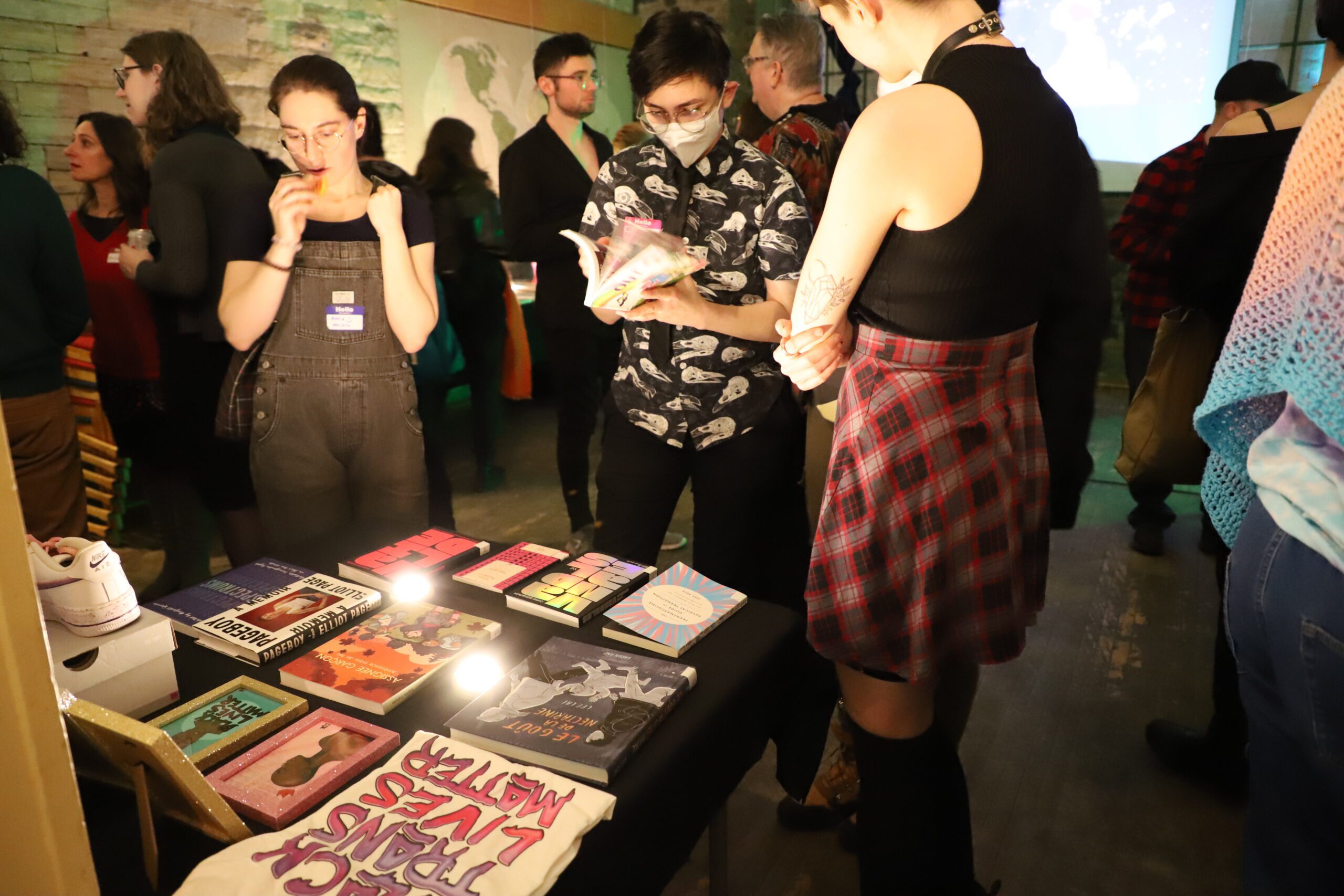
Credit: Montreal LGBTQ+ Community Centre
There is a loneliness epidemic in Canada—according to Statistics Canada’s 2021 Canadian Social Survey, 23 percent of people aged 15 to 24 said they always or often felt lonely. For queer people, these rates can be even higher—a 2022 study published in the Journal of Gay & Lesbian Mental Health found that LGBTQ2S+ people reported a higher rate of loneliness than their heterosexual counterparts. As community gathering spaces, queer libraries have an important part to play in combating this epidemic.
The Ottawa Trans Library takes its role as a third place very seriously. Tara Sypniewski, its head librarian, says that with the slow death of gay and trans bars, the community has lost many third places, especially for older LGBTQ2S+ people. Occasionally they host over-40 nights for older community members to come together and find connection.
Some of their more consistent programming includes a monthly LGBTQ2S+ parents’ coffee hour, weekly non-binary crafting workshops and weekly board game nights, which Sypniewski says are especially popular with people in their late teens and early twenties.
Along with providing a third place for queer people, LGBTQ2S+ libraries offer a space for people who might not be out yet to confront their own ideas about gender and sexuality. One day when Sypniewski was working at the library, a woman who looked to be in her fifties came up to the desk with a question: “Who do I consult about gender?”
“I guess that’s me,” Sypniewski thought. The woman told her about how she had never really felt like a man or a woman, adding that she had never spoken about this with anyone before. For people who might not have a support system at home, a LGBTQ2S+ library space could make all the difference in preventing social isolation and loneliness.
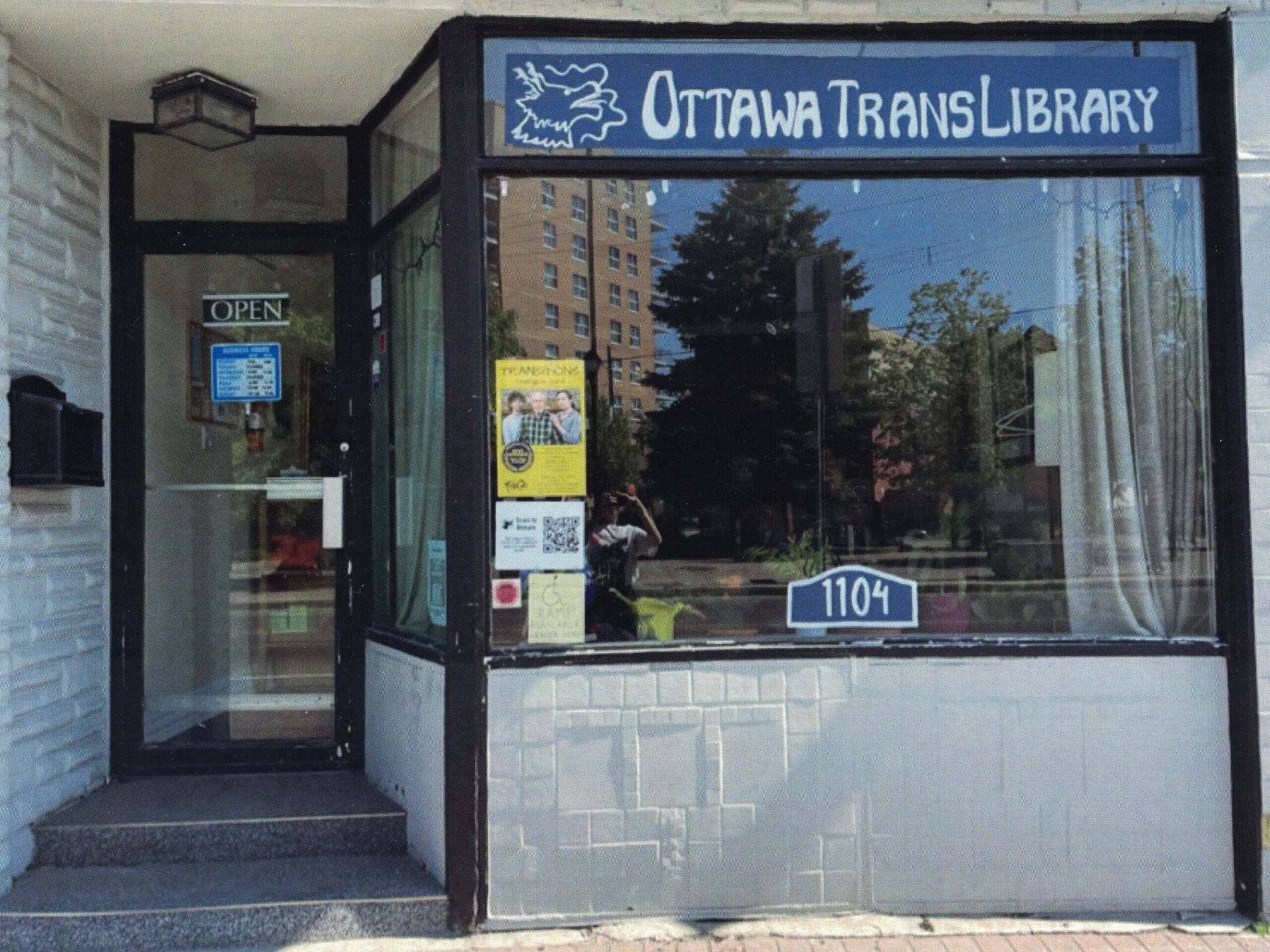
Credit: Ottawa Trans Library
Reading is a great way to combat loneliness, and can be an escape for young and old people alike. The one major difference, however, is that many young people likely don’t have the money to fund their own personal collection; if a library has a limited number of queer books, this can quickly become an issue. This is a struggle that Pride Centre of Edmonton Public Library volunteer Ian Brown knows well, recalling the selection of transmasc books available at their library growing up—a whopping three, only one of which they really enjoyed.
This all changed when they first started out at the Pride Centre seven years ago. “Oh man, this is where people can come and find themselves on the shelf,” they thought to themselves, at that point only a student on a placement for their social work diploma. The library exists within the Pride Centre of Edmonton, and Brown has befriended many of the staff members there, who have made it a point to tell them how important the library has become for the community.
Brown explains that they partner with a program in Edmonton that does refugee work specifically for LGBTQ2S+ claimants. These people can come into the Pride Centre of Edmonton Public Library and access intersectional books for all reading levels. “They can check it out and take it with them. And we have kids’ books that are really accessible for them,” says Brown, explaining that the children’s books can be helpful for people learning a new language.
These opportunities for community-based learning can foster a sense of belonging for people in a space that is representative of them. One library in Guelph has recently begun developing a project with that goal in mind.
Out on the Shelf’s Transcendence Project has five parts to it, with an overarching goal of education and support for the queer community in the Guelph-Wellington area. “That includes educational workshops for service providers in the Guelph-Wellington region to make their services more accessible. We’re also going to be running educational support programs specifically for trans people and their families,” says Barry Moore, project manager for the Transcendence Project. On top of that, Moore and their staff are developing a number of resources that educate on the queer history of Guelph-Wellington.
The project also offers social programming, such as youth groups, craft nights and game nights, where visitors are able to create bonds over shared interests, with the knowledge that they are safe from hate or microaggressions. And with educational programming, people who have just recently come out or who just have questions can find answers in a space that they know will not be harmful.
I’ve known it since I was a child—there’s something special about the library. In our current hyper-capitalist society, it’s rare to find places that still offer free material to borrow and learn from, alongside community programming, all for free. There is no simple, one-size-fits-all space that will make every member of the LGBTQ2S+ community feel safe—but queer libraries are a great place to start.


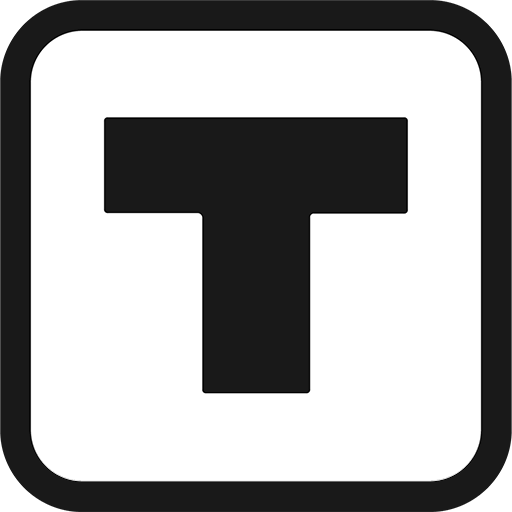 Why you can trust Xtra
Why you can trust Xtra
